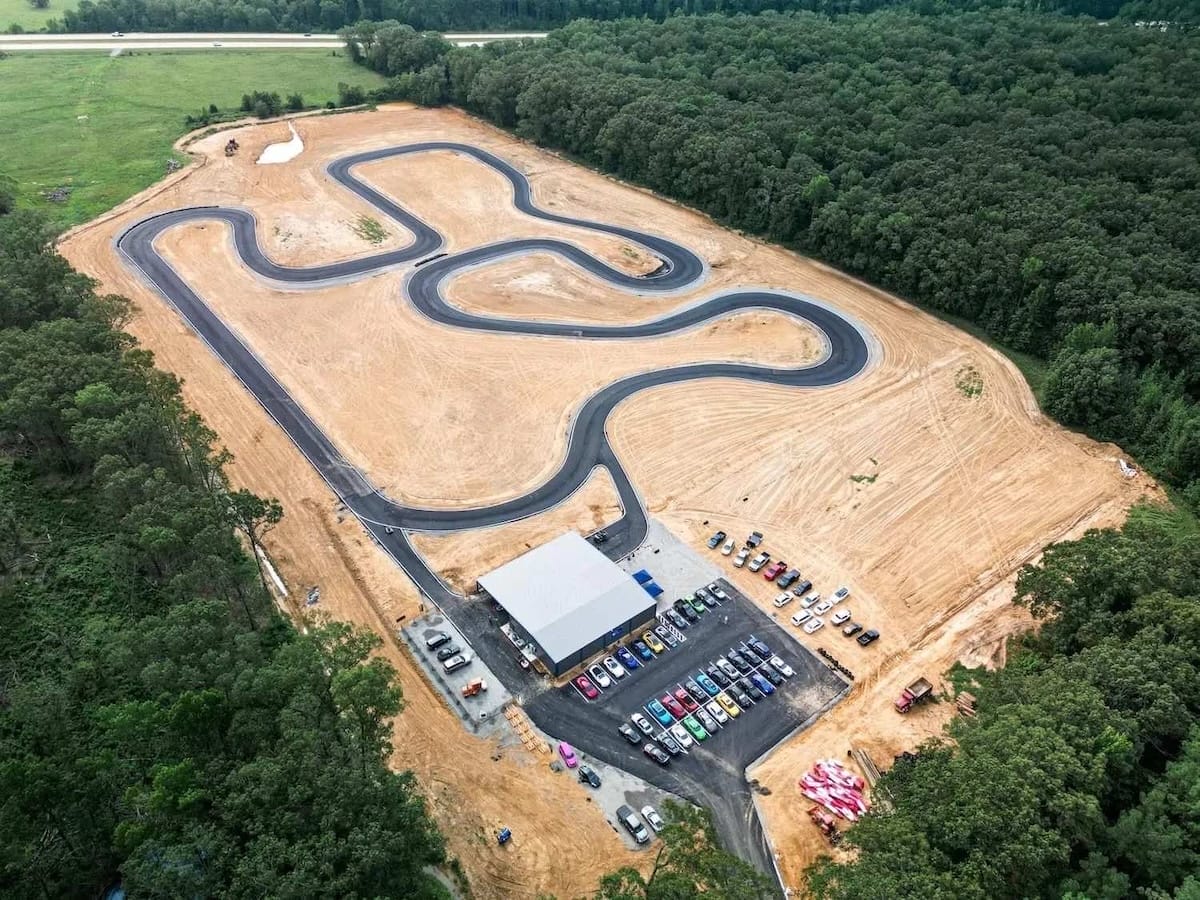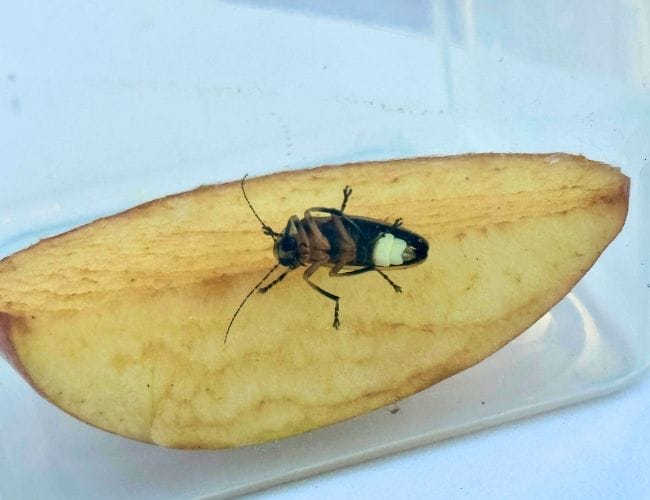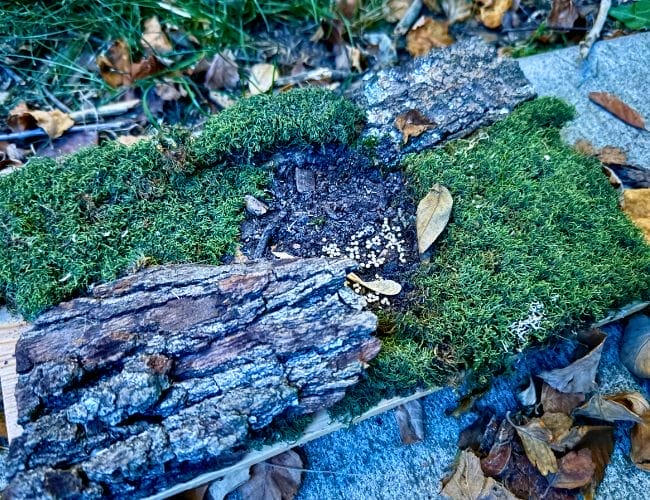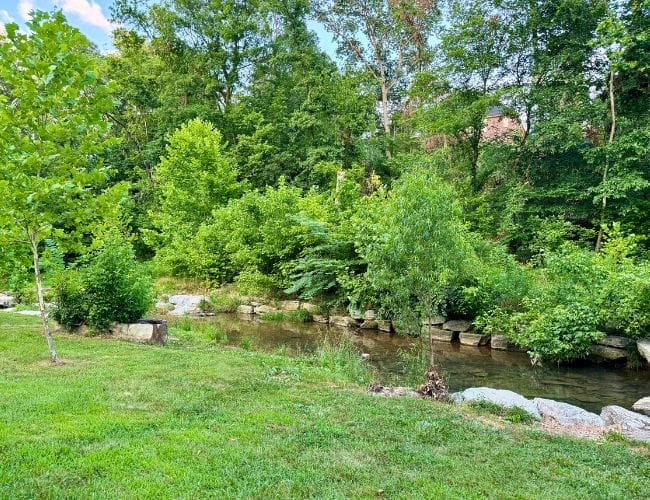

Uh oh...
It appears that you're using a severely outdated version of Safari on Windows. Many features won't work correctly, and functionality can't be guaranteed. Please try viewing this website in Edge, Mozilla, Chrome, or another modern browser. Sorry for any inconvenience this may have caused!
Read More about this safari issue.

The Firefly Habitat at Coler Trails in Bentonville is a spectacular sanctuary dedicated to preserving and protecting the firefly population. When fireflies are most active in the summer, this 2-acre habitat comes alive with the enchanting sight of thousands of tiny lights flickering in the warm evening air.
The Northwest Arkansas Master Naturalists and the Peel Compton Foundation partnered to create Arkansas’ first preserved area for fireflies, where they actively conduct experiments and observations about their life and habits.
What do we know about fireflies?
Our knowledge of fireflies is limited, and many aspects of their biology and behavior remain a mystery. However, scientists have made some important discoveries in recent years. For example, we now know that fireflies use their light to communicate with each other. Males and females of the same species flash their lights in specific patterns to attract mates. The light patterns are unique to each species, ensuring that fireflies only mate with members of their species.
Did you know?
- There are 2,400 species of fireflies worldwide, with 23 species noted in Arkansas.
- Fireflies have four stages of life, just like the butterfly.
- They usually only live two weeks as an “adult.”
- Fireflies use their light for communication and to defend themselves against predators.
- Some species of fireflies produce a chemical that is toxic to predators.
- When a predator tries to eat a firefly, the firefly emits a bright flash of light. This flash startles the predator and gives the firefly a chance to escape.
- Fireflies, or lightning bugs, as people sometimes call them, are not flies or bugs; they are members of the beetle family.
- Fireflies eat snails, worms and other insect larvae
- Most of their lives are spent underground in their larvae stage.
- They love moist wooded areas, such as old leaves and wet logs.
- Different species of fireflies emerge at various times of the night. The big dippers, what most of us see, come out around 9, just as the last bit of sun is disappearing. They are only around for about 30 minutes before they go to rest. Then, throughout the evening, even up to dawn, other species emerge and flash around.
Places like the Coler firefly habitat help us learn more by allowing us to observe flashing and flying patterns and notice which firefly species fly at different times in the evening.
Where do fireflies thrive?
The firefly habitat is a place of wonder and beauty and is a critical educational resource. Loss of habitat and light pollution are the most significant issues facing the firefly population as North American communities continue to expand, grow, and develop more infrastructure.
The habitat provides an ideal environment for fireflies. Native plants and trees, such as oaks, willows and sycamores, offer food and shelter, while several ponds and streams create a humid microclimate where fireflies thrive. Visitors can stroll along a network of winding trails that meander through the habitat, offering a unique opportunity to observe these fascinating creatures up close.
The perfect environment for fireflies uses the GLOWS method:
- G – grass and native plants, primarily tall grasses
- L – leaves, leave a little mess behind at the end of fall
- O – organic, no pesticides in areas where you know they are breeding or developing
- W – water, have moisture around like a pond, stream or water source
- S – shut off the outdoor light so you can see them emerge and not deter them from the area
You can create these spaces in your neighborhood, backyard or community.
How to observe fireflies
Dusk is the optimal time to witness the mesmerizing display of fireflies. As the sun sets, the fireflies emerge from their hiding places and take to the air, creating a magical light show that seems to dance and float among the trees. Each firefly emits its unique light pattern, from slow, steady pulses to rapid, flickering bursts. The effect is a breathtaking symphony of light and movement that will captivate visitors of all ages.
Visitors must respect the fireflies and their environment to ensure the continued health and preservation of the habitat. Please observe the following guidelines during your visit:
- Visit the habitat at dusk when fireflies are most active.
- Be quiet and mindful of your movements to avoid disturbing the fireflies.
- Please do not disturb the fireflies or their eggs. Staying on a path in an area where you suspect fireflies live helps preserve their egg stage and where they are dormant during the cold months.
- Leave the habitat as you found it, taking all trash and belongings with you.
Where to find Arkansas’ preserved firefly habitat
Coler Mountain Bike Preserve is a popular destination for Northwest Arkansas mountain bikers and outdoor enthusiasts. Located in Bentonville, this 342-acre preserve offers a variety of trails for all skill levels, from beginner to advanced. The trails wind through scenic forests, meadows, and across creeks, providing riders with a challenging and enjoyable experience. In addition to mountain biking, the preserve also features hiking trails, picnic areas, public art, and a coffee shop, making it an excellent place for families and friends to spend time together.
Park in the south parking lot located at 2500 NW 3rd Street. Use the paved walking path from the south pavilion to walk north, away from the parking lot. You will see the walkout overlooking the firefly habitat on your right. Continue farther on the path to access the conservation area and stand among the grasses and stream.
If you can’t make it to Coler this summer, find areas where you are every day, traveling, or designate a spot in your community to preserve firefly growth and migration.
We do the work.
You check your email.
Sign up for our weekly e-news.
Get stories sent straight to your inbox!


















 Leave a Reply
Leave a Reply
[…] Every piece of litter you collect makes a difference. Cleaning up natural spaces also prevents pollution, supports wildlife and their habitats. […]